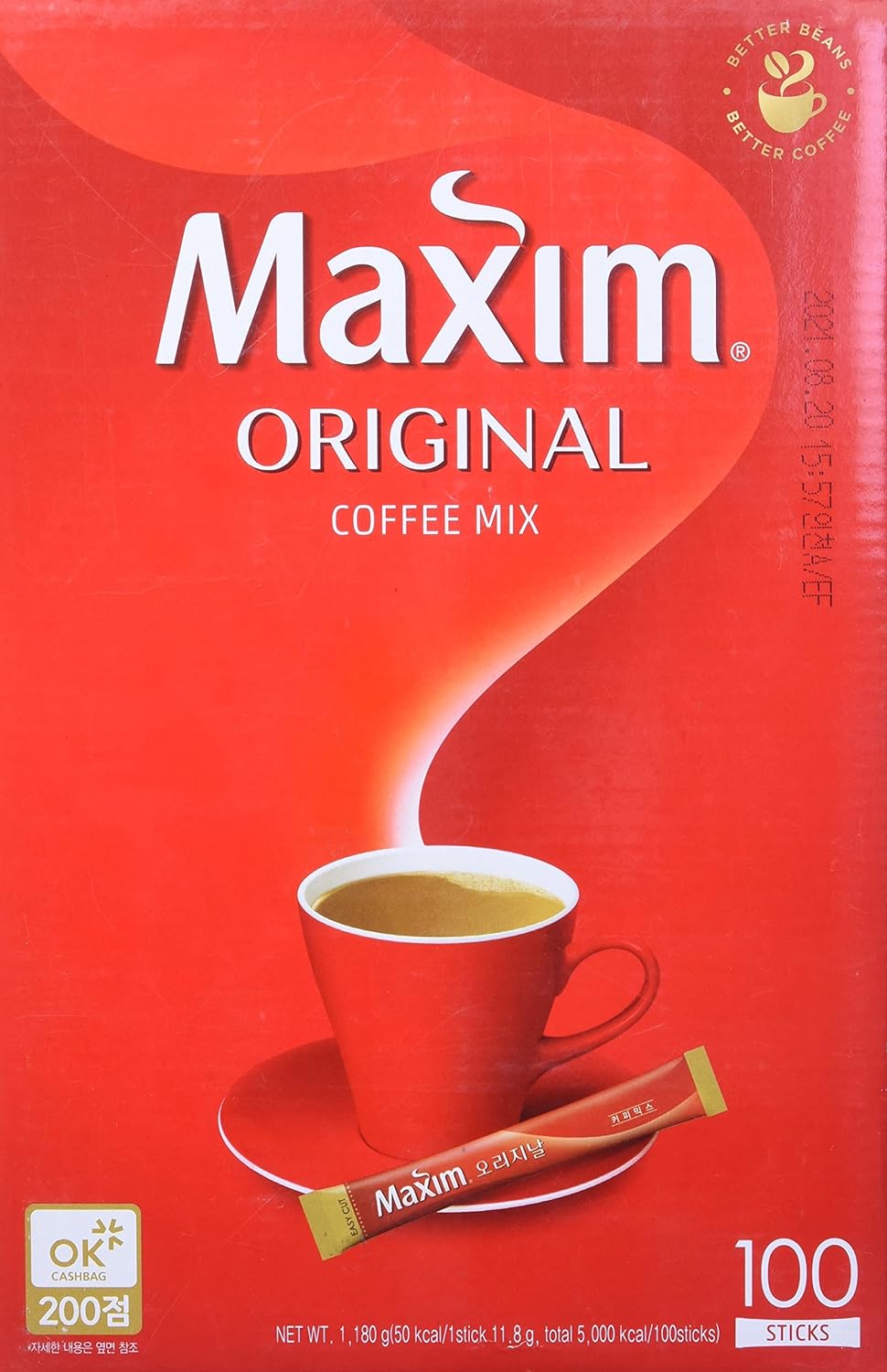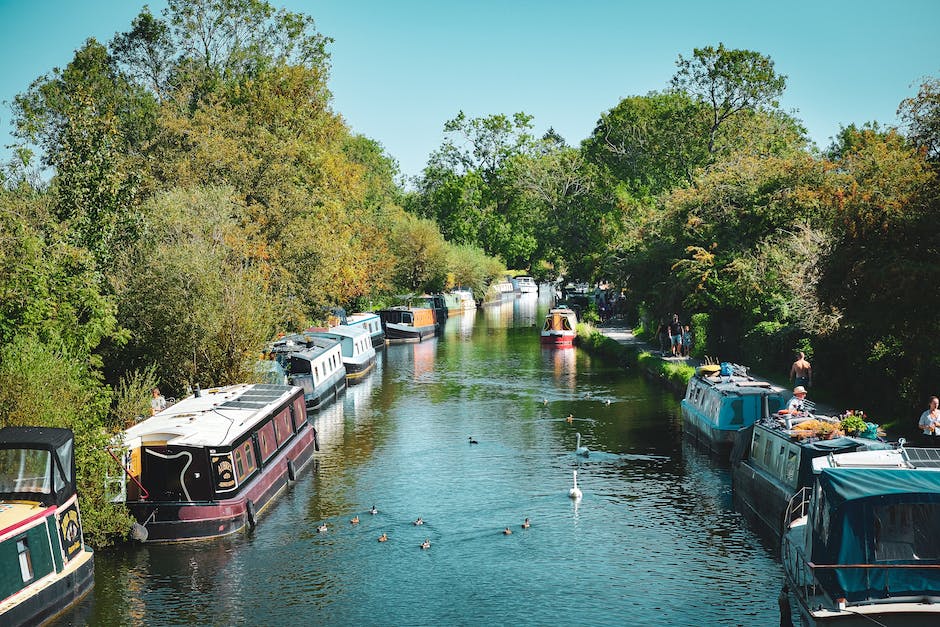Vermont, known for its stunning landscapes, charming towns, and vibrant culture, is often celebrated as a rural haven. With vast stretches of farmland, picturesque countryside, and a slower pace of life, it’s easy to understand why people perceive Vermont as a predominantly rural state. However, it’s essential to delve deeper into the reality of how rural Vermont truly is.
While Vermont does boast a considerable rural character, it is also home to several thriving urban areas, including its largest city, Burlington. In these urban centers, businesses, universities, and a bustling nightlife create an urban ambiance that is starkly different from the idyllic rural scenes found elsewhere in the state.
Even in the more rural regions of Vermont, there are pockets of development and infrastructure that can challenge the notion of total rural seclusion. Towns such as Manchester, Woodstock, and Stowe are renowned for their upscale resorts, restaurants, and boutique shops, attracting tourists and city dwellers looking to escape the urban grind.
Moreover, the state’s commitment to sustainable agriculture has led to remarkable growth in local food production and farm-to-table movements. Farmers markets and community-supported agriculture initiatives have flourished across the state, fostering a sense of connection to the land and a vibrant rural economy.
The unique blend of rural charm and urban vitality in Vermont creates a distinctive atmosphere that is difficult to categorize solely as rural. It is this convergence of the traditional and the modern, the rural and the urban, that sets Vermont apart from other states and contributes to its appeal.
In this blog post series, we will explore the various facets of Vermont’s rural character, examining its scenic landscapes, agricultural traditions, and the challenges faced by rural communities. By delving into both the romanticized and the tangible aspects of Vermont’s rural identity, we hope to paint a complete picture of a state that thrives on its balance of natural beauty and professional development.
Importance of understanding the rural nature of Vermont
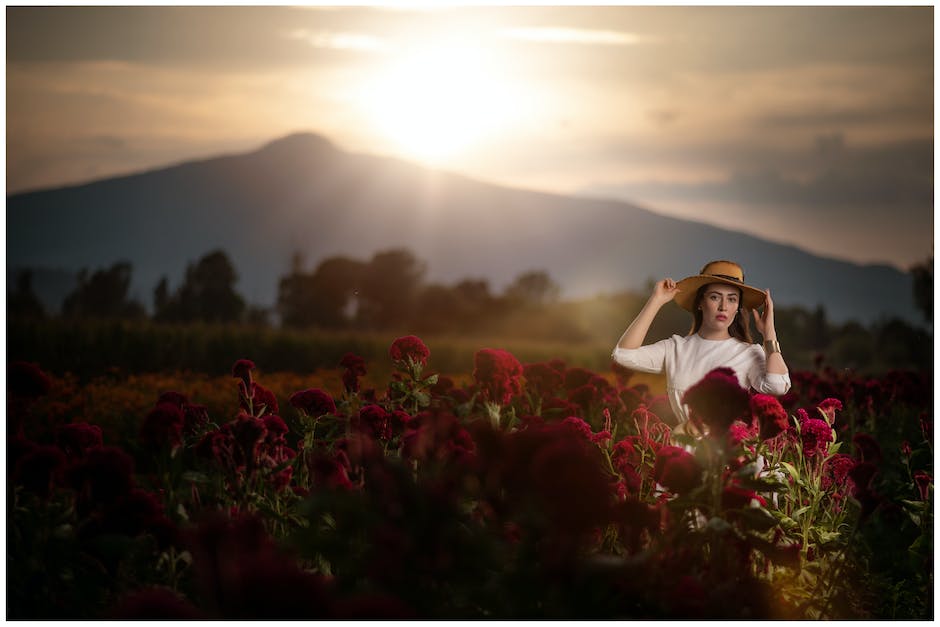
Vermont is widely known for its picturesque landscapes, charming small towns, and close-knit communities. It is a state that prides itself on its rural character, with vast expanses of farmland, rolling hills, and forests stretching as far as the eye can see. Understanding the rural nature of Vermont is crucial for businesses operating within the state, as it directly impacts their strategies, target audience, and overall success.
One of the key reasons why understanding the rural nature of Vermont is important is the unique consumer behavior and preferences found in these communities. Rural residents often have different priorities, values, and purchasing habits compared to their urban counterparts. They tend to prioritize local businesses, handmade products, and sustainable practices. By recognizing and catering to these preferences, businesses can effectively tap into the rural market and build a loyal customer base.
Furthermore, the rural nature of Vermont presents distinct logistical challenges for businesses. The state’s vast geography and lack of dense population centers can make it more difficult to reach customers and distribute products or services. Understanding the rural landscape allows businesses to develop efficient supply chains, transportation strategies, and distribution networks that can effectively serve these remote areas. It also helps organizations tailor their marketing efforts to reach rural consumers effectively, considering factors such as limited internet connectivity or reliance on local media channels.
Another factor that underscores the importance of understanding the rural nature of Vermont is the significance of community engagement and relationships. Rural communities in Vermont take pride in their strong sense of community and often rely on word-of-mouth recommendations and personal connections when making purchasing decisions. Building relationships with local influencers, community organizations, and leaders can significantly enhance a business’s credibility and visibility within these communities. Additionally, supporting local events, sponsoring community initiatives, and actively participating in local projects can further strengthen the bond between a business and its rural customer base.
Lastly, embracing the rural nature of Vermont can provide businesses with a unique opportunity to differentiate themselves from competitors. By showcasing how their products or services align with the values and needs of rural residents, businesses can effectively position themselves as trusted partners who understand and respect the community they serve. This authenticity and alignment with rural values can help businesses gain a competitive edge, foster brand loyalty, and establish themselves as a reputable presence within Vermont’s rural landscape.
In conclusion, understanding the rural nature of Vermont is of utmost importance for businesses operating within the state. By recognizing the unique consumer behavior, addressing logistical challenges, engaging with the community, and differentiating themselves, businesses can position themselves for success in the rural market. By embracing the essence of Vermont’s rural character, businesses can establish a strong brand presence, build lasting relationships, and thrive in this distinctive business landscape.
Brief background on Vermont’s reputation as a rural state
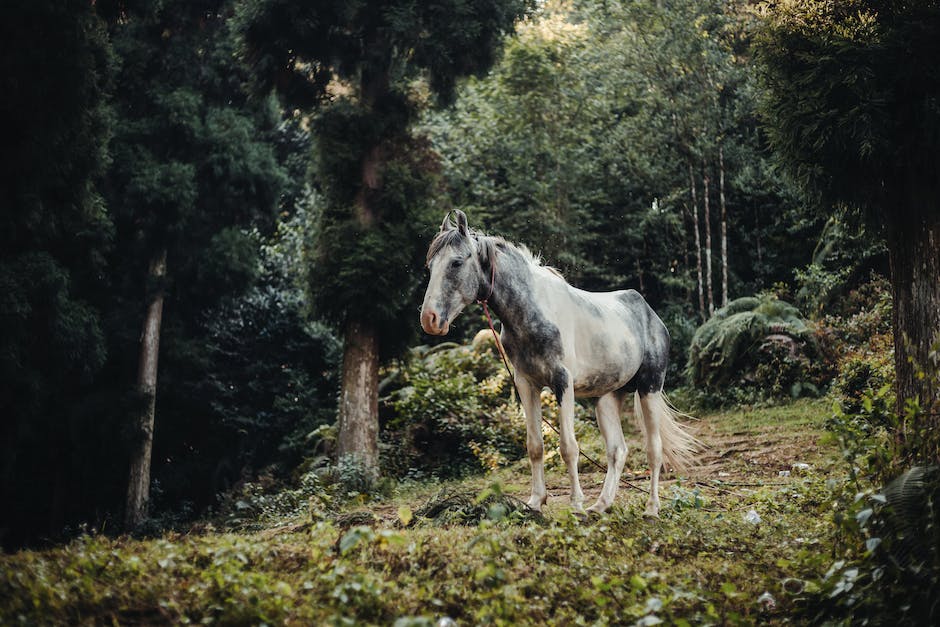
Vermont, often referred to as the “Green Mountain State,” has long been associated with a reputation for being a rural haven. Nestled in the northeastern part of the United States, this picturesque state is known for its rolling green hills, charming small towns, and spectacular natural landscapes. With its low population density and abundance of farmland, Vermont has become synonymous with a rural lifestyle that emphasizes a close connection to nature and a strong sense of community.
One of the factors contributing to Vermont’s rural reputation is its relatively small population. As of the latest census data, Vermont is the second least populous state in the country, with just over 600,000 residents. With such a sparse population, it’s not uncommon to drive for miles without encountering a bustling city or suburban area. Instead, scenic countryside and pristine wilderness dominate the landscape, providing residents with a peaceful and serene environment.
Another aspect that contributes to Vermont’s rural charm is its thriving agricultural industry. The state is known for its dairy farms, apple orchards, and maple syrup production, all of which are deeply rooted in its rural heritage. From strolling through farmers’ markets stocked with local produce to witnessing the annual vibrant fall foliage, the agricultural traditions in Vermont are woven into the fabric of the state’s rural identity.
Vermont’s commitment to preserving its natural beauty is another key element of its rural reputation. The state boasts an array of protected parks, forests, and nature reserves, including the famous Green Mountain National Forest. These protected areas offer countless opportunities for outdoor recreation, such as hiking, camping, and skiing, allowing residents and visitors to immerse themselves in the state’s breathtaking scenery.
Despite Vermont’s undeniable rural charm, it’s important to note that the state also has thriving urban centers. Burlington, the largest city in Vermont, offers a vibrant mix of cultural attractions, bustling student life (thanks to the University of Vermont), and a burgeoning tech scene. While these urban areas provide a different experience than the traditional rural lifestyle, they still maintain a sense of small-town charm and community spirit, which is deeply ingrained in Vermont’s overall identity.
In conclusion, Vermont’s reputation as a rural state stems from its low population density, its strong agricultural heritage, and its commitment to preserving its natural beauty. While there are urban pockets within the state, it is the expansive countryside, charming small towns, and awe-inspiring landscapes that truly define Vermont’s rural character. Whether you are looking to escape the hustle and bustle of city life or immerse yourself in nature’s tranquility, Vermont offers an idyllic destination for those seeking a taste of the rural lifestyle.
Geographical overview
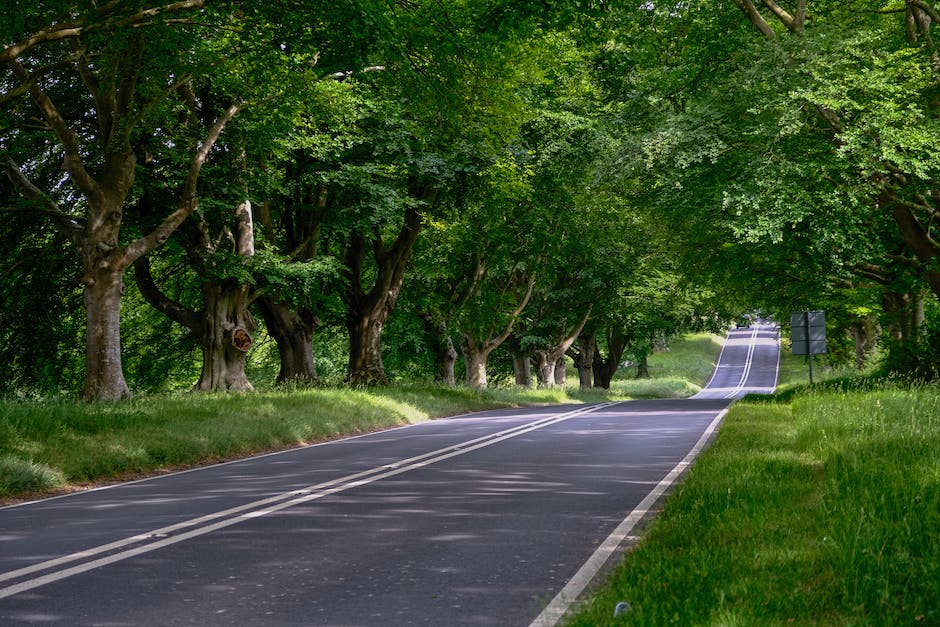
Surrounded by towering mountains and scenic landscapes, Vermont is a state known for its rural charm. With a population of approximately 600,000 people spread across its 9,616 square miles, Vermont is often characterized as predominantly rural. The state’s geographical makeup is a key factor in maintaining its rural character.
Vermont is located in the northeastern part of the United States, bordered by New Hampshire to the east, Massachusetts to the south, New York to the west, and the Canadian province of Quebec to the north. Its diverse terrain encompasses rolling hills, picturesque valleys, and numerous lakes, providing ample opportunities for outdoor enthusiasts to indulge in hiking, skiing, and other recreational activities.
One prominent feature of Vermont’s landscape is its extensive forest cover, which occupies about 75% of the state’s land area. This abundant forestation contributes to the state’s rural atmosphere, as it provides a sense of seclusion and tranquility. The Green Mountain Range, part of the larger Appalachian Mountains, runs centrally through Vermont, further enhancing its natural beauty.
While the state does have several small cities and towns, the majority of the population is concentrated in rural areas. Historic rural communities dot the picturesque countryside, where farming and agriculture have long been a way of life for many Vermonters. The state takes great pride in its agricultural heritage, particularly in dairy farming, maple syrup production, and locally grown produce, making Vermont a renowned hub for organic, farm-to-table initiatives.
Furthermore, Vermont’s rural character extends beyond its physical landscape. The state values its tight-knit communities, where neighborly relationships are fostered and support systems are strong. Vermonters are known for their community-driven spirit and a shared commitment to preserving the state’s rural identity.
Recently, Vermont has also embraced innovation and entrepreneurship in various rural sectors. The state has become a hub for small businesses, artisans, and craftsmen, who take advantage of the scenic surroundings and vibrant local culture to create unique and authentic products. This blending of traditional rural values with modern ideas has contributed to Vermont’s reputation as a place where business and nature seamlessly coexist.
In conclusion, Vermont boasts a geographical profile that epitomizes rural charm. Its breathtaking landscapes, abundance of forests, and small-town communities collectively contribute to the state’s rural character. Whether one is looking to escape the hustle and bustle of city life or seeking a nurturing environment for entrepreneurial ventures, Vermont’s rural identity offers a welcoming haven for both residents and visitors alike.
Vermont’s size and population density
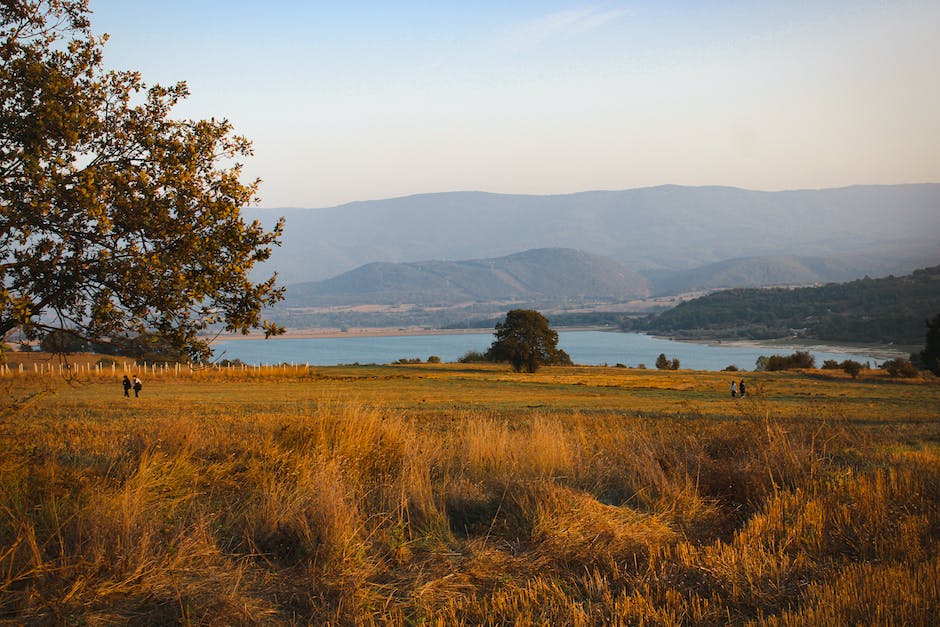
Vermont, often associated with picturesque landscapes and a slower pace of life, is known for its rural charm. But just how rural is this northeastern state? Let’s explore Vermont’s size and population density to gain a better understanding of its rural nature.
In terms of size, Vermont is relatively small compared to many other states in the United States. Covering a total area of approximately 9,620 square miles, Vermont ranks as the sixth-smallest state by land area. Its compact size contributes to the close-knit communities and rural character the state is renowned for.
When it comes to population density, Vermont is among the least populous states in the nation. As of the latest data available, the estimated population of Vermont is around 623,000 people. This equates to a population density of roughly 68 people per square mile. By comparison, the average population density across the United States is just over 93 people per square mile. Therefore, it’s safe to say that Vermont enjoys a relatively low population density, contributing to its rural ambiance.
The sparse population and wide-open spaces in Vermont have allowed for the preservation of natural beauty, with an abundance of forests, mountains, and scenic vistas. This rustic setting attracts individuals seeking tranquility, a strong sense of community, and a connection to nature. Small towns dot the landscape, providing a glimpse into quintessential New England living, where farmers’ markets, locally owned businesses, and a neighborly spirit prevail.
While much of Vermont remains deeply rooted in its rural heritage, it’s important to note that certain areas, particularly around larger cities like Burlington and the capital, Montpelier, demonstrate a more urbanized environment. These urban pockets offer a mix of city amenities, cultural attractions, and a bustling business scene while still capturing the essence of Vermont’s charm.
Nevertheless, the predominantly rural nature of Vermont is deeply embedded in its identity and provides a distinct appeal to residents and visitors alike. The tranquility, natural beauty, and strong sense of community make Vermont an attractive destination for those seeking a slower pace of life and a deeper connection to the land.
In conclusion, Vermont’s relatively small size and low population density solidify its reputation as a rural state. The predominantly rural landscape, close-knit communities, and serene natural beauty are synonymous with Vermont’s identity. While there are urban pockets, the overall character of the state remains rooted in its rural charm, attracting individuals who appreciate the tranquility and authentic experiences that come with it.
Key cities and towns in the state
Vermont, a charming New England state known for its picturesque landscapes, is often associated with its idyllic rural lifestyle. However, don’t let that deceive you into thinking it’s entirely disconnected from urban hubs. While Vermont may comprise mostly rural areas, it still boasts several key cities and vibrant towns that add a touch of diversity and activity to the state.
Burlington, the largest city in Vermont, is often considered the heart of the state. Nestled on the eastern shore of Lake Champlain, Burlington offers a mix of small-town charm and urban conveniences. With a thriving arts scene, a bustling waterfront, and a lively downtown area filled with trendy shops and restaurants, Burlington presents an aesthetically pleasing blend of nature and city living.
Moving southwards, we come across Montpelier, the state capital. As the smallest capital city in the United States, Montpelier exudes a quaint and cozy atmosphere. Despite its size, it packs a punch with a rich history, a thriving arts community, and a vibrant downtown area. Montpelier is also home to the Vermont State House, a stunning architectural masterpiece that stands as a testament to the state’s deep-rooted governmental traditions and values.
Heading west, we encounter Rutland, one of the largest cities in Vermont. Known for its close-knit community and strong sense of local pride, Rutland showcases a blend of rural beauty and urban conveniences. The city is brimming with recreational opportunities, including numerous parks, lakes, and hiking trails, making it a haven for outdoor enthusiasts. Additionally, Rutland hosts a range of events and festivals throughout the year that highlight the region’s cultural and culinary offerings.
Further east lies the charming town of Stowe, a popular tourist destination famous for its ski resorts and breathtaking mountain views. Stowe offers a delightful mix of small-town ambiance, upscale dining options, and boutique shopping experiences. Whether you’re visiting during the winter for thrilling ski adventures or exploring the stunning landscapes during the summer months, Stowe’s natural beauty and serene atmosphere will captivate visitors year-round.
While these cities and towns may be just a few examples, they showcase the diversity that exists within Vermont beyond its rural reputation. Despite its predominantly rural makeup, the state offers a refreshing balance between nature’s tranquility and urban buzz. So, whether you’re seeking the solitude of Vermont’s countryside or the vibrancy of its urban centers, the Green Mountain State has something for everyone.
Agricultural landscape

Vermont, often characterized by its picturesque scenery and rural charm, boasts a thriving agricultural landscape that is deeply interwoven into the state’s identity. From verdant rolling hills to fertile valleys, Vermont’s farmlands are a testament to the resilience and ingenuity of its farmers.
Agriculture has been a cornerstone of Vermont’s economy for centuries, contributing significantly to its growth and sustainability. The state is known for its diverse agricultural sectors, including dairy farming, maple syrup production, orchards, and vegetable farms. These agricultural endeavors provide essential food resources and contribute to the state’s overall economic stability.
Dairy farming, in particular, has long been a prominent feature of Vermont’s agricultural landscape. The sight of iconic red barns dotting the countryside, amidst lush green pastures, is a common sight in many rural areas. Farmers in Vermont take great pride in their dairy operations, producing high-quality milk that is renowned for its taste and purity. This commitment to excellence has allowed Vermont’s dairy industry to flourish, making it one of the state’s most significant economic contributors.
In addition to dairy farming, Vermont is also renowned for its maple syrup production. As the largest producer of maple syrup in the United States, the state’s sugar maple trees create a breathtaking display of colors during the sugaring season. Maple syrup producers tap into this natural resource, meticulously collecting sap and boiling it down to create the delectable syrup beloved by many. This tradition has been passed down through generations, and the process continues to be both a craft and a symbol of Vermont’s agricultural heritage.
Beyond dairy and maple syrup, Vermont’s agricultural landscape encompasses a multitude of other farming practices that contribute to the state’s thriving food system. Fruit orchards produce juicy apples and other tree fruits, while vegetable farms offer an abundance of fresh produce throughout the growing season. These local farms not only provide nutritious and flavorful options to consumers but also promote sustainable living by reducing the carbon footprint associated with long-distance food transportation.
Vermont’s agricultural landscape serves as a reminder of the enduring connection between humans and the land. The dedication of Vermont’s farmers to their craft, the preservation of traditional methods, and the embrace of innovative practices ensure the success and longevity of the state’s agricultural heritage. As visitors or residents, taking in the stunning vistas of working farms, it is evident that agriculture remains deeply ingrained in the fabric of Vermont, making it an idyllic rural destination.
Vermont’s strong farming tradition

Vermont, often known for its picturesque landscapes and quaint towns, is deeply rooted in an age-old tradition of farming. As you journey through the heart of the state, you’ll be captivated by the rolling green pastures dotted with dairy cows, charming farmhouses nestled amidst the mountains, and a vibrant agricultural community that thrives on sustainable practices.
The strong farming tradition in Vermont can be traced back to its early settlers, who relied heavily on agriculture for survival. Over the years, farming not only became a way of life for the residents but also a part of the state’s identity. Today, Vermont proudly boasts an agrarian heritage that is deeply ingrained in the fabric of its society.
With its fertile soil and favorable climate, Vermont has become renowned for its dairy industry. The state’s commitment to producing high-quality dairy products is evident in the vast number of dairy farms that flourish here. Many of these farms have been passed down through generations, with families working hand in hand to maintain their legacy.
What sets Vermont’s farming practices apart is its emphasis on sustainability and organic farming. The state has been at the forefront of the organic movement, with a significant number of farms adopting organic practices and obtaining organic certifications. This commitment to preserving the land and maintaining the health of the soil has earned Vermont a reputation for producing top-notch organic produce, including vegetables, fruits, and maple syrup.
Visiting Vermont offers a unique opportunity to experience agro-tourism at its finest. Throughout the state, farmers open their doors to visitors and invite them to explore their farms, partake in agricultural activities, and learn about the critical role farming plays in the local economy. From attending maple sugaring events in early spring to picking your own farm-fresh berries in the summer, agro-tourism in Vermont provides an authentic and immersive farming experience.
The dedication and passion of Vermont’s farming community extend beyond its borders. The state has been actively promoting local food and connecting farmers with consumers through initiatives such as farmers’ markets, farm-to-table restaurants, and community-supported agriculture (CSA) programs. These efforts support local businesses and foster a sense of community and strengthen the bonds between farmers and consumers.
Vermont’s farming tradition is a testament to the state’s commitment to sustainable practices, supporting local economies, and preserving its rich agricultural heritage. As you traverse the scenic countryside, take a moment to appreciate the hard work, love, and dedication that goes into every farm in Vermont, and savor the wholesome goodness that comes from a place where farming is more than just a profession; it’s a way of life.
Dairy farms and other agricultural activities
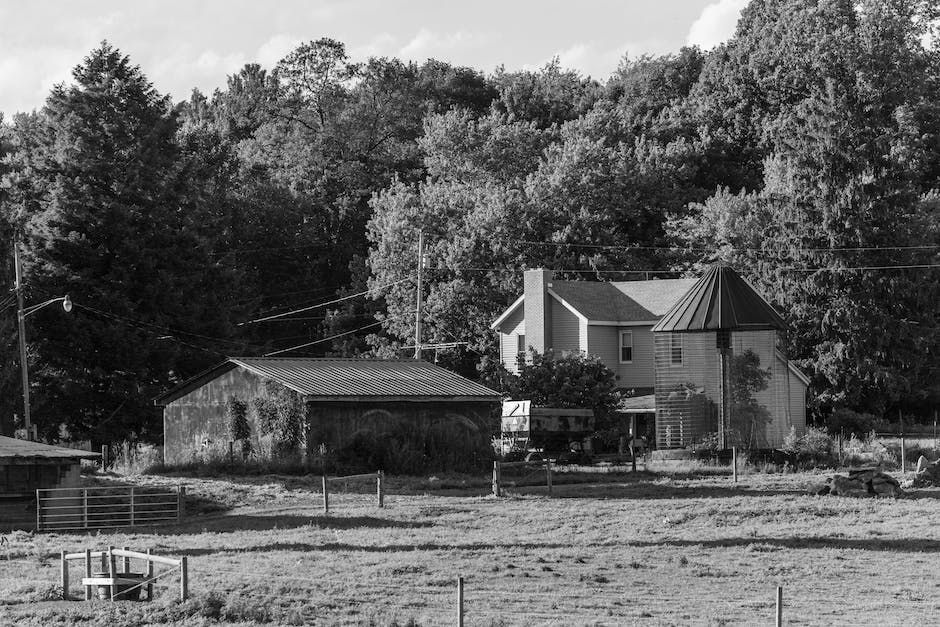
Vermont, known for its picturesque landscapes and charming small towns, has a strong agricultural presence that contributes significantly to the state’s rural character. One of the defining elements of Vermont’s rural landscape is its dairy farms. Dairy farming has a long history in Vermont, dating back to colonial times.
Vermont’s dairy farms are scattered throughout the state, with sprawling pastures and red barns dotting the countryside. These farms embrace the traditional methods of dairy farming, emphasizing the well-being of their cows and producing high-quality milk. Many of them are family owned and operated, passed down through generations, representing a deep connection to the land and the agricultural legacy of the state.
In addition to dairy farming, Vermont also boasts a diverse range of other agricultural activities. The state is renowned for its maple syrup production, with sugar houses engaging in the age-old tradition of tapping maple trees and transforming the sap into syrup, a quintessential Vermont product. Farmers also cultivate various crops, including apples, berries, vegetables, and grains. Farmers’ markets and farm-to-table initiatives thrive in Vermont, supporting local farmers and promoting sustainable and organic practices.
These agricultural activities not only contribute to the rural appeal of Vermont but also play a vital role in the state’s economy. The dairy industry, in particular, is a significant economic driver, providing employment opportunities and fueling local businesses. It also contributes to the sense of community among farmers, as they often collaborate and support each other in navigating the challenges of an industry with fluctuating market prices and increasing regulations.
Furthermore, Vermont’s agricultural practices align with the state’s commitment to sustainability and environmental stewardship. Many farmers prioritize sustainable farming methods, such as organic practices, integrated pest management, and soil conservation techniques. This emphasis on sustainable agriculture not only preserves the natural beauty of the state but also helps protect Vermont’s environment for future generations.
Overall, the presence of dairy farms and other agricultural activities in Vermont showcase the state’s deep-rooted rural identity. These farms contribute to the local economy and preserve the state’s natural landscape, promote sustainable practices, and foster a sense of community. So, when exploring Vermont, it becomes evident that its rural charm is intricately linked with its agricultural heritage.
